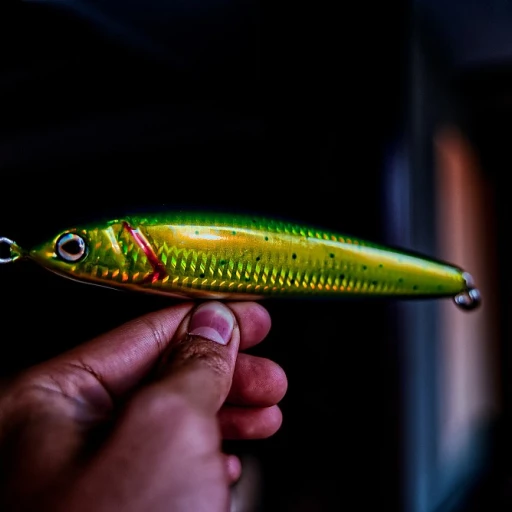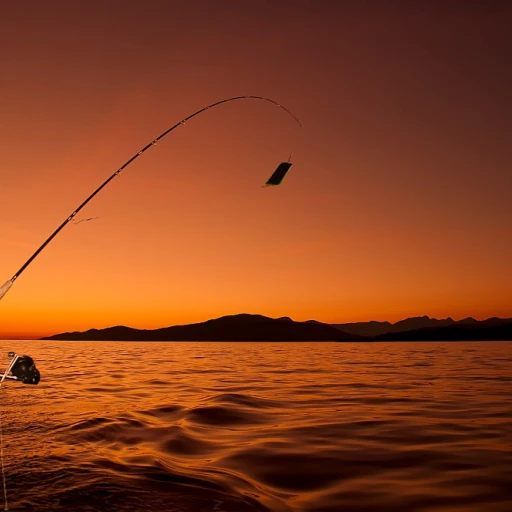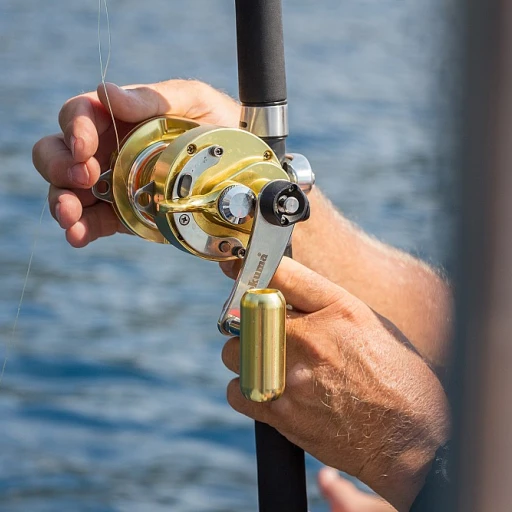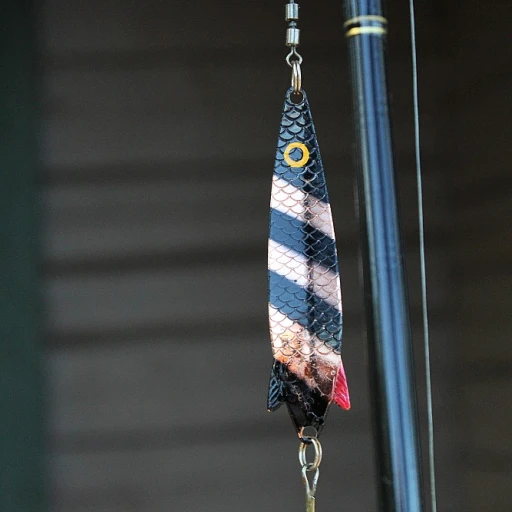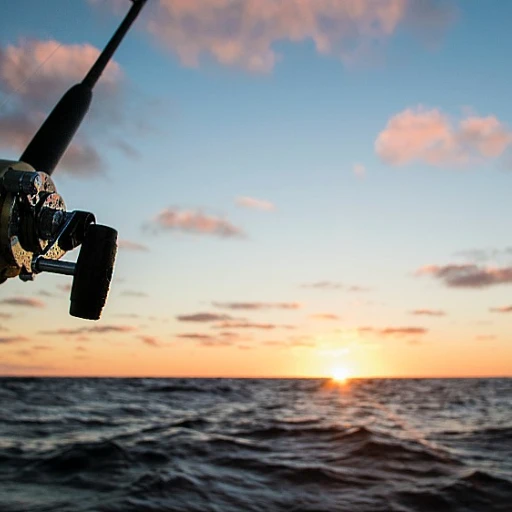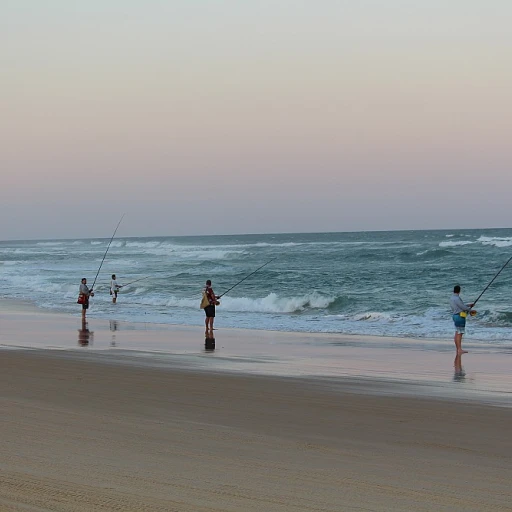
Understanding Big Eye Tuna
Getting to Know the Giants of the Ocean
Big Eye Tuna, revered for their size and power, are an exciting challenge for seasoned anglers. Understanding these magnificent creatures is essential when setting out for a successful fishing trip. These large predators are often found in deep offshore waters, making a boat essential for reaching their habitat. Known for their massive size, Big Eye Tunas typically weigh between 100 to 200 pounds, with some giants reaching up to 400 pounds. They share many characteristics with their cousins, the Bluefin and Yellowfin, yet possess their unique traits.
Bigeye tuna are opportunistic feeders, targeting smaller fish and squid, which makes bait selection crucial. When targeting these fish, anglers often use trolling or jigging techniques, which require specific gear and a strong rod to withstand the powerful fight these fish will put up. The tricks and tips in selecting the right equipment can significantly improve your chances of a successful catch.
Remember, the dynamic nature of Big Eye Tuna, coupled with their strength and speed, demands durable and versatile equipment. Prioritizing the right rod and understanding the intricacies of your gear can make all the difference when you're out at sea targeting these extraordinary fish. An eye on the unit price of your rod and gear is also important, ensuring you select quality without breaking the bank.
Key Features of a Big Eye Tuna Rod
Essential Characteristics for Big Eye Success
When setting out on the exhilarating path of pursuing bigeye tuna, the rod you choose must stand up to the unique demands of this encounter. These powerful fish will test your gear, so understanding the key features that make a rod suitable for this pursuit is crucial. A rod designed for bigeye tuna fishing necessitates a blend of strength and flexibility. Power is a fundamental aspect; it needs to handle the immense force of a bigeye during a fight. This means selecting a rod that has a strong backbone to withstand the battle, preventing breakage as the fish pulls strongly on the line. Equally important is the sensitivity of the rod. Even when targeting large tuna, detecting the subtlety of bites or changes is vital. The right rod will allow you to perceive minor vibrations from the bait or trolling setups, crucial for a successful catch. The rod's length and action should be tailored to the style of fishing you prefer. For trolling, a longer rod gives you better control and helps in broad sweeping patterns, while shorter rods are better suited for jigging where precision and quick responsiveness are required. Including features like rail rods for added leverage can also be crucial. These rods allow you to use the boat's rail to gain extra power, reducing fatigue during long fights with bigeyes. For those who prefer spinning gear, ensure the rod is compatible with spinning setups and able to handle the heavy-duty reel necessary for this type of fishing. Lastly, consider the grip and comfort of the rod. Choose models that offer ergonomic grips, as they lessen hand fatigue, allowing you to focus on the fight at hand. When all these factors come together, you're equipped with the necessary tools to take on bigeye tuna with confidence and success. Explore more about supporting your fishing experience by understanding the benefits of waist-high waders for anglers.Material and Build Quality
Material Matters for the Perfect Catch
When selecting a rod for big eye tuna, the material and build quality are critical components. High-quality materials are paramount as they ensure both durability and performance under the extensive pressures exerted by these formidable fish. Typically, rods constructed from composite materials such as graphite or fiberglass offer the perfect balance of strength and flexibility. Graphite rods are known for their lightweight nature and responsiveness, making them ideal for sensing the slightest nibble. On the other hand, fiberglass rods provide excellent durability and ruggedness, making them suitable for battling the formidable bigeye tuna.
In recent years, technology has further refined these materials, resulting in rods that can handle heavier loads while maintaining sensitivity. This is especially advantageous for trolling and jigging as it allows anglers to feel the movements of the large tuna and adjust their tactics accordingly. Enhance your fishing experience with the right line combination to complement your rod's material properties.
The unit price of these materials varies, reflecting their quality and performance. Investing in a well-built rod from reputable manufacturers will pay dividends in reliability and longevity. Brands that focus on creating optimized rods for large tuna fishing often incorporate advanced material sciences to provide enhanced catching experiences.
Whether planning to fish for the powerful bluefin, the swift yellowfin, or the robust bigeye, choosing a rod with the right material can make a significant difference. The fish will test not just your skills but the integrity of your gear as well. Ensuring that your rod is up to the challenge of tussling with large tuna will tilt the odds in your favor, providing the thrill of the chase without the disappointment of subpar equipment.
Balancing Power and Sensitivity
Finding the Perfect Balance in Tuna Fishing Rods
When one sets out to conquer the powerful bigeye tuna, finding a rod that manages to strike the perfect balance between power and sensitivity becomes crucial. A rod that isn't too stiff yet provides enough backbone is ideal to counter the strong resistance put up by the fish. The thrill of battling a large tuna demands a rod that can withstand significant stress without compromising on sensitivity. A blend of power and delicacy is vital:- Power: When you're out on the water, trolling for bigeye or engaging in jigging sport, having a rod that can handle the pressure from large species such as yellowfin bigeye or bluefin yellowfin is essential. Power in a rod ensures that you won't lose the fight against a hefty fish while maintaining control.
- Sensitivity: Sensitivity helps detect subtle bites and vibrations, particularly when using lighter bait or trolling. An effective rod lets you feel each nibble and bite, providing a responsive experience crucial for making informed reeling decisions.
Top Brands and Models
Exploring High-Quality Options for Big Eye Tuna Rods
When diving into the market for a suitable fishing rod for bigeye tuna, it's imperative to consider some of the industry's top brands and models. Over the years, manufacturers have honed their designs to cater to the unique demands of tuna fishing, especially for species like bigeye that require strength and sensitivity.- United Composites: Known for their superior build quality, United Composites offers rail rods that are particularly well-received among anglers targeting large tuna. These rods provide a balance of power needed to handle the fierce fights bigeyes put up.
- Trolling and Jigging Rods: When targeting tuna, trolling rods come highly recommended due to their robustness in open waters. They accommodate heavier bait and lures, making them ideal when trolling for bigeye or even bluefin. Jigging rods, on the other hand, are preferred for those who enjoy a more active fishing style, offering sensitivity without sacrificing strength.
- Options for Spinning Gear: For those who prefer spinning gear, many top brands produce tuna spinning models designed to handle the aggressive nature of tuna. These rods often come with enhanced components that can endure the strain when dealing with large tuna species.
Maintenance and Care Tips
Essential Care to Maximize Your Rod's Lifespan
Maintaining your big eye tuna fishing rod goes beyond simple cleaning. Ensuring the longevity of your gear requires attention to detail and regular upkeep to preserve both functionality and performance on each fishing trip. Consider these maintenance tips:- Clean after Each Use: Saltwater can be particularly harsh on rods. After a day of tuna fishing, rinse your rods with fresh water to remove salt and debris. Pay special attention to the guides and reel seat where these elements can accumulate.
- Inspect and Tighten: Regularly check connections and tighten any loose components. The frequent pulling and twisting while fighting fish like the bluefin or yellowfin bigeye can loosen screw fittings over time.
- Lubricate Moving Parts: A light application of lubricating oil on moving parts of your rod, such as reel seats and jigging rods, reduces friction and prevents rust.
- Storage Practices: When not in use, store your rods vertically if possible, using specific rod holders, or horizontally, ensuring even load distribution. Avoid direct sunlight and extreme temperatures that could compromise the integrity of materials.
- Regular Checks and Repairs: Inspect the wind leader guides for cracks and wear, as these can fray your line over time. Immediate replacement of damaged parts will save you trouble when out at sea.
- Handle with Care: During transit, use a protective cover. Cracks and scratches acquired during transport or when loading and unloading from your boat can lead to structural weaknesses, which will reduce the rod's effectiveness and longevity.

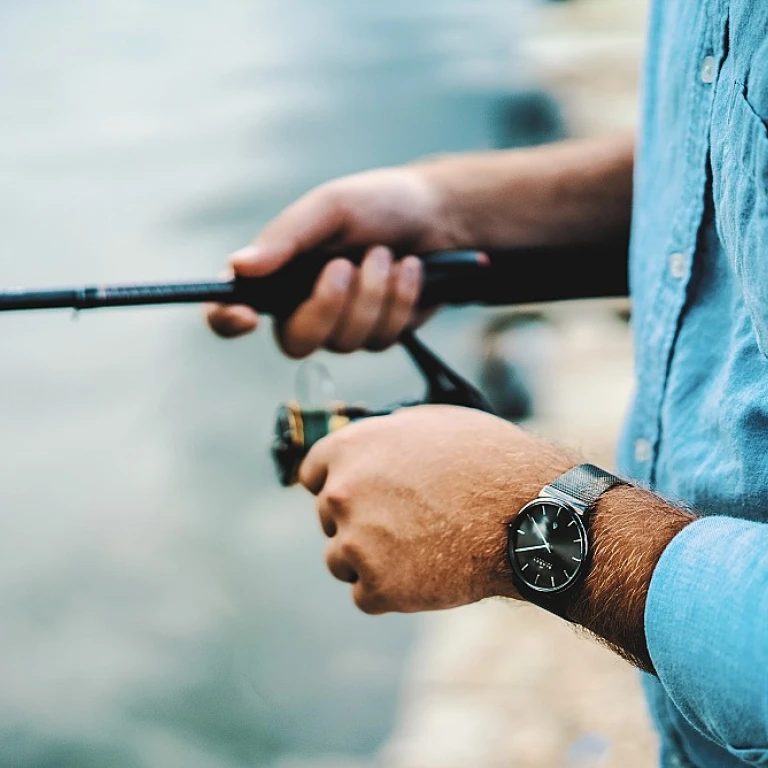
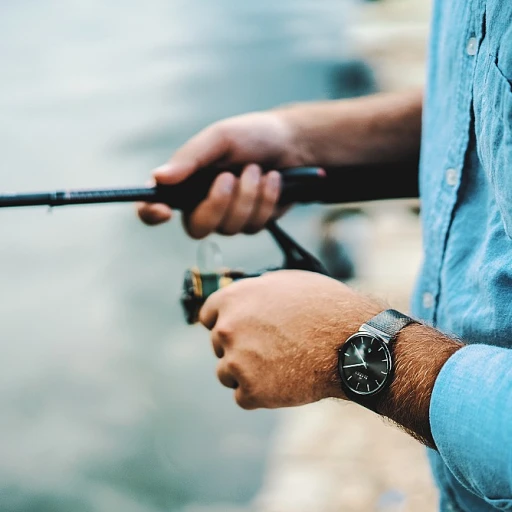
-large-teaser.webp)
